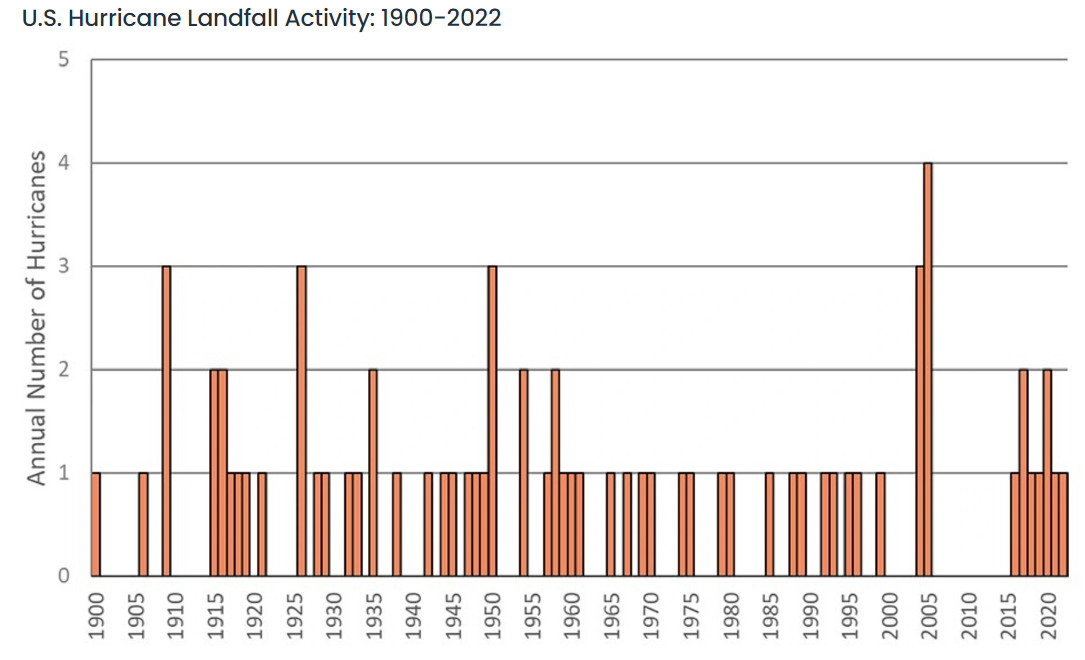Investors Measure the Toll of Climate Change on Miami Property Values – DSNews
A new analysis on the impact of climate change on property values from CoreLogic spotlights the Miami investment market, an area where wind and storm surges pose some of the greatest threats to human safety and properties in the U.S.
“Diving Into the Impact of Climate Change on Miami’s Multifamily Property Values” from Yanling Mayer, Principal, Economist in the Office of the Chief Economist at CoreLogic delves into the negative economic impact that recent wind and storm surges have had on Miami-area properties, as the National Oceanic and Atmosphere Administration recorded $112 billion in damage alone from Hurricane Ian in September 2022—marking the third-largest hurricane loss in U.S. history.
CoreLogic’s researchers partnered with members of the real estate investment industry to develop a study titled “The Price Effects of Natural Peril.” Funded by a grant from the Real Estate Research Institute (RERI), “The Price Effects of Natural Peril” dives into the financial modeling of natural disasters on multifamily apartment properties in the Miami metro area.
The report found that there is no pronounced long-term trend in the annual number of major hurricanes in the mainland U.S. The North Atlantic Basin saw reduced hurricane activity in the 1970s and 1980s, mainly because of aerosols from industrial emissions in North America and Europe. And since 2016, there has not been a single year without a major hurricane landfall or a near miss. Many scientists project that the North Atlantic Basin will have more Category 4 and 5 hurricanes due to continued climate change, as well as future greenhouse gas emissions and energy consumption.
In terms of damage to investors’ bottom line, among the nearly 500,000 multifamily properties analyzed in “Diving Into the Impact of Climate Change on Miami’s Multifamily Property Values,” the expected average annual damage ratio was 0.7342% with a standard deviation of 0.242%. The average annual damage ratio calculates the expected loss per year in property value caused by hurricane winds and storm surges, and is measured as a percentage of the total replacement cost of the property, indicating that there is a much higher concentration of properties at high risk of natural disasters in Miami than at low risk.

Researchers found that the expected average annual property damage ratio of natural disasters in Miami will rise to 0.935%, with a standard deviation of 0.309% based on a projection of reduced carbon emissions by 2050. That number could further rise to 1.138%, with a standard deviation of 0.376% if carbon emissions continue to increase exponentially through the rest of this century, with no reduced green technologies or emission regulations.
The study separated Miami metro multifamily properties into high- and low-risk groups. This methodology was used under the reasoning that if there are any negative impacts on housing price fluctuations, they are more likely to impact properties with greater exposure to hurricane-related risks, and potentially larger financial losses than those with relatively small or modest risk exposures. Researchers found evidence of a consistent and modest discount for multifamily properties with high-risk exposure compared with their low-risk counterparts between 2005 and 2022. Research also indicates that large and smaller apartment investors alike are both aware of these catastrophe risks.
Click here for more information on CoreLogic’s study, “Diving Into the Impact of Climate Change on Miami’s Multifamily Property Values.”



